Table of Contents
Introduction
Sichuan cuisine, originating from China's Sichuan Province, is renowned for its complex "mala" flavor profile (numbing and spicy) and has become one of China's most influential culinary traditions. This guide provides a comprehensive, scientifically accurate explanation of what Sichuan cuisine truly is, including its historical roots, unique ingredients, and authentic cooking principles.
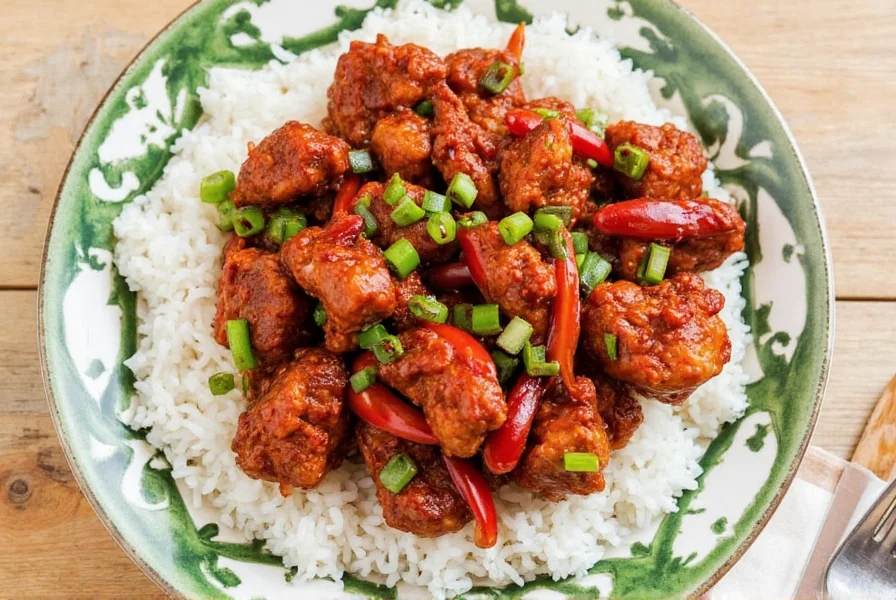
What is Sichuan Cuisine?
Sichuan cuisine (Sichuan: 四川菜; pinyin: Sìchuān cài) is one of the Eight Great Cuisines of Chinese cuisine, characterized by its bold flavors, complex spice combinations, and distinctive "mala" sensation. Unlike other spicy cuisines that rely solely on heat, Sichuan cooking masterfully balances five fundamental tastes: spicy, numbing, sour, sweet, and salty. The term "mala" (麻辣) specifically refers to the unique combination of heat from chili peppers and the tingling numbness from Sichuan pepper (花椒, huājiāo), creating a multi-dimensional sensory experience.
History and Geography of Sichuan Cuisine
Sichuan cuisine developed over 2,000 years in China's Sichuan Basin, a region surrounded by mountains with a humid climate. This geography influenced its culinary evolution: the damp conditions led to the use of pungent spices like Sichuan pepper and chili peppers to counteract humidity and preserve food. Historical records from the Han Dynasty (206 BC-220 AD) document early Sichuan culinary practices, while the Ming and Qing dynasties saw the introduction of chili peppers from the Americas, which transformed the cuisine into its modern form. Today, Sichuan cuisine is recognized by UNESCO as part of China's intangible cultural heritage.
Understanding Mala Flavor
"Mala" is the defining characteristic of Sichuan cuisine, combining "ma" (numbing) and "la" (spicy). The numbing sensation comes from hydroxy-alpha-sanshool compounds in Sichuan pepper, which stimulate trigeminal nerve endings in the mouth, creating a tingling vibration. The spiciness comes from capsaicin in chili peppers. Together, they create a unique sensory experience that's more complex than simple heat. Professional chefs emphasize that true mala flavor requires precise balance: too much Sichuan pepper overwhelms the palate, while too little chili pepper fails to create the signature heat. Authentic mala dishes typically use 3:1 or 4:1 chili pepper to Sichuan pepper ratio for optimal balance.
Sichuan Pepper Science
Sichuan pepper (Zanthoxylum bungeanum) is not a true pepper but a member of the citrus family. Its unique numbing effect comes from hydroxy-alpha-sanshool, which activates mechanoreceptors in the mouth rather than pain receptors like capsaicin. Scientific studies show this compound creates vibrations at 50Hz frequency, producing a tingling sensation similar to mild electric stimulation. Unlike black pepper (Piper nigrum), which contains piperine for sharp heat, Sichuan pepper has no capsaicin and produces no burning sensation. Its flavor profile includes citrusy, floral, and woody notes with a distinctive mouth-numbing quality.
| Feature | Sichuan Pepper | Black Pepper | Chili Pepper |
|---|---|---|---|
| Scientific Name | Zanthoxylum bungeanum | Piper nigrum | Capsicum annuum |
| Active Compound | Hydroxy-alpha-sanshool | Piperine | Capsaicin |
| Sensation Type | Numbing, tingling (50Hz vibration) | Sharp, pungent heat | Burning, hot sensation |
| Flavor Profile | Citrusy, floral, woody | Earthy, pungent | Fruity, smoky |
| Primary Use | Creating "ma" in mala flavor | General seasoning | Providing "la" heat |
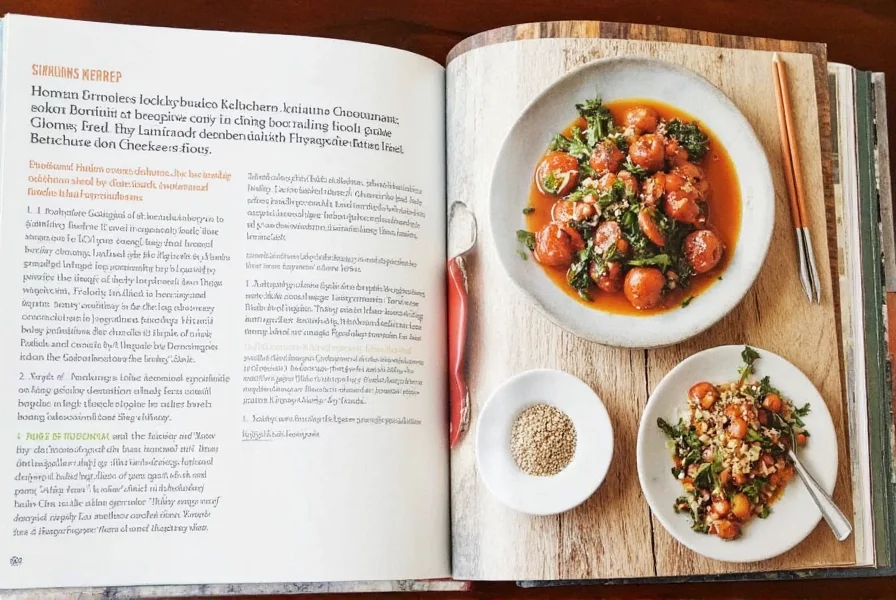
Key Ingredients Explained
Sichuan cuisine relies on eight essential ingredients known as the "Sichuan Eight Treasures" (川菜八宝):
- Sichuan Pepper (花椒): The cornerstone of mala flavor. Authentic varieties include Red Sichuan Pepper (大红袍) and Green Sichuan Pepper (青花椒), each with distinct flavor profiles.
- Doubanjiang (豆瓣酱): Fermented broad bean and chili paste. Authentic versions use only broad beans, chili peppers, salt, and wheat flour, aged for 1-3 years. This is essential for Mapo Tofu and other braised dishes.
- Chili Oil (红油): Made by infusing vegetable oil with dried chili peppers, Sichuan pepper, and aromatics. High-quality versions use multiple chili varieties for layered heat.
- Sichuan Vinegar (保宁醋): A dark, fermented vinegar made from sorghum, wheat, and barley. Its unique tangy-sweet profile balances rich dishes.
- Garlic and Ginger: Used in precise ratios (typically 3:1 garlic to ginger) for aromatic base flavors.
- Star Anise and Cinnamon: Key warm spices for braised dishes and hot pot broths.
- Shaoxing Wine: Chinese cooking wine used for deglazing and adding depth.
- Black Vinegar: Used for dipping sauces and specific dishes like Zhong Dumplings.
Iconic Sichuan Dishes
These dishes showcase Sichuan cuisine's complexity and regional variations:
- Mapo Tofu (麻婆豆腐): Created in 1862 by Chen Kefa, this dish combines soft tofu, fermented doubanjiang, ground pork, Sichuan pepper, and chili oil. Authentic versions use Sichuan's Leshan tofu and are finished with Sichuan pepper powder for the signature "ma" sensation.
- Kung Pao Chicken (宫保鸡丁): Originating from the Qing Dynasty, this dish features diced chicken, peanuts, dried chili peppers, and Sichuan pepper. The authentic version uses Sichuan's local chili peppers and includes a precise balance of sweet, sour, and savory flavors.
- Mala Hot Pot (麻辣火锅): A communal dining experience where diners cook ingredients in a simmering pot of broth infused with Sichuan pepper, chili peppers, and 20+ other spices. Authentic hot pot broth requires 8-12 hours of simmering to develop complex flavors.
- Twice-Cooked Pork (回锅肉): A classic home-style dish where pork belly is boiled, then stir-fried with fermented black beans, garlic, and Sichuan pepper. The "twice-cooked" method creates tender meat with crispy edges.
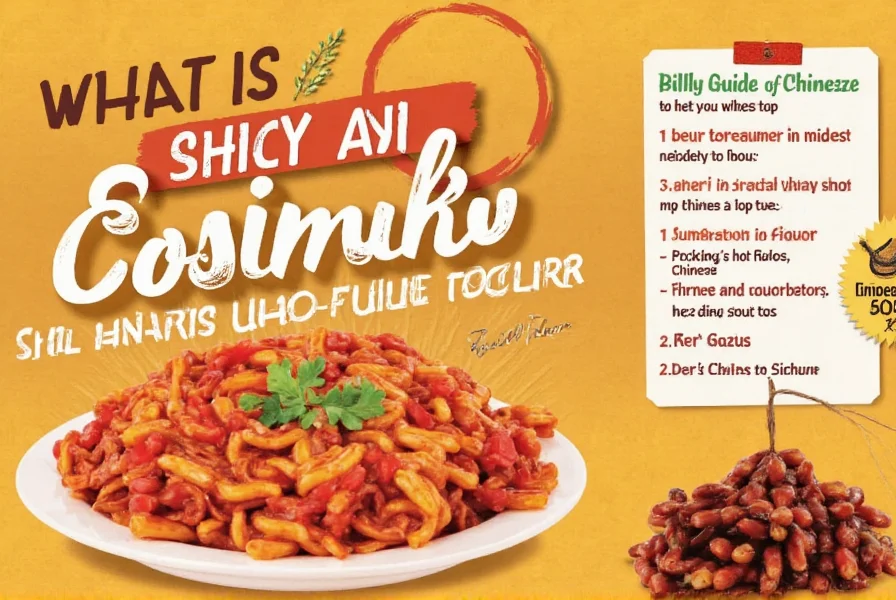
Professional Cooking Techniques
Mastering Sichuan cuisine requires specific techniques beyond just using spices:
- Tempering Spices (炝锅): The foundation of Sichuan cooking. Heat oil first, then add Sichuan pepper, dried chilies, and aromatics to release flavors before adding other ingredients.
- Layered Seasoning: Add ingredients in sequence: salt for base flavor, soy sauce for umami, vinegar for acidity, and sugar for balance. Never add all seasonings at once.
- Proper Sichuan Pepper Preparation: Toast whole Sichuan pepper in a dry pan for 30 seconds before grinding to enhance aroma. Use within 15 minutes for maximum freshness.
- Chili Oil Infusion: For authentic chili oil, heat oil to 180°C (356°F), then slowly pour over dried chilies and Sichuan pepper. Let cool naturally for 24 hours to extract maximum flavor.
Professional chefs recommend starting with a simple Sichuan-style dipping sauce: mix 2 tbsp soy sauce, 1 tbsp rice vinegar, 1 tsp sesame oil, 1/2 tsp chili oil, and 1/4 tsp freshly ground Sichuan pepper. This demonstrates the perfect balance of flavors without overwhelming heat.
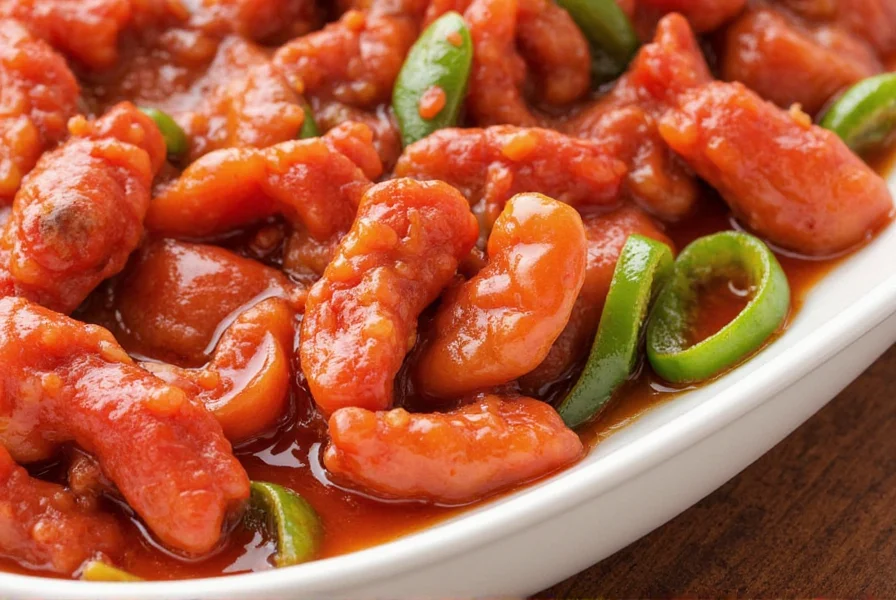
Buying Guide for Authentic Ingredients
Authentic Sichuan ingredients require careful selection:
1. Sichuan Pepper
Features: Red Sichuan Pepper (大红袍) has stronger numbing effect; Green Sichuan Pepper (青花椒) has brighter citrus notes. Authentic peppers should have a strong citrus aroma when crushed.
Best For: Red for braised dishes; Green for seafood and lighter dishes.
Where to Buy: Reputable Asian markets like H Mart or online retailers like Amazon (search for "Sichuan pepper from Sichuan Province"). Avoid products labeled "Szechuan pepper" which often indicates lower quality.
Recommended Product: Sichuan Province Red Sichuan Pepper (50g) – Directly sourced from Sichuan's Mianyang region with harvest date verification.
2. Doubanjiang
Features: Authentic doubanjiang should contain only broad beans, chili peppers, salt, and wheat flour. No additives or preservatives. The paste should be thick and deep red with visible bean particles.
Best For: Mapo Tofu, braised dishes, and sauces.
Where to Buy: Chinese specialty stores or brands like Pixian (郫县) which has protected geographical indication status.
Recommended Product: Pixian Doubanjiang (300g) – Certified authentic product from Sichuan's Pixian County, aged 18 months.
3. Chili Oil
Features: High-quality chili oil should have multiple chili varieties (like Erjingtiao and Xianjing) and no artificial colors. The oil should be clear red with visible chili flakes.
Best For: Noodle dishes, dipping sauces, and finishing touches.
Where to Buy: Look for brands like Lao Gan Ma (but verify it's the original version) or specialty retailers like Yank Sing.
Recommended Product: Lao Gan Ma Original Chili Crisp – The authentic version with verified ingredients and production methods.
4. Sichuan Vinegar
Features: Authentic Sichuan vinegar (保宁醋) is made from sorghum, wheat, and barley, aged for 2+ years. It should have a deep brown color and complex sweet-tangy aroma.
Best For: Balancing rich dishes, pickling, and dipping sauces.
Where to Buy: Asian supermarkets or direct from Sichuan's Baoning vinegar factory.
Recommended Product: Baoning Vinegar (500ml) – Certified geographical indication product with production history documentation.
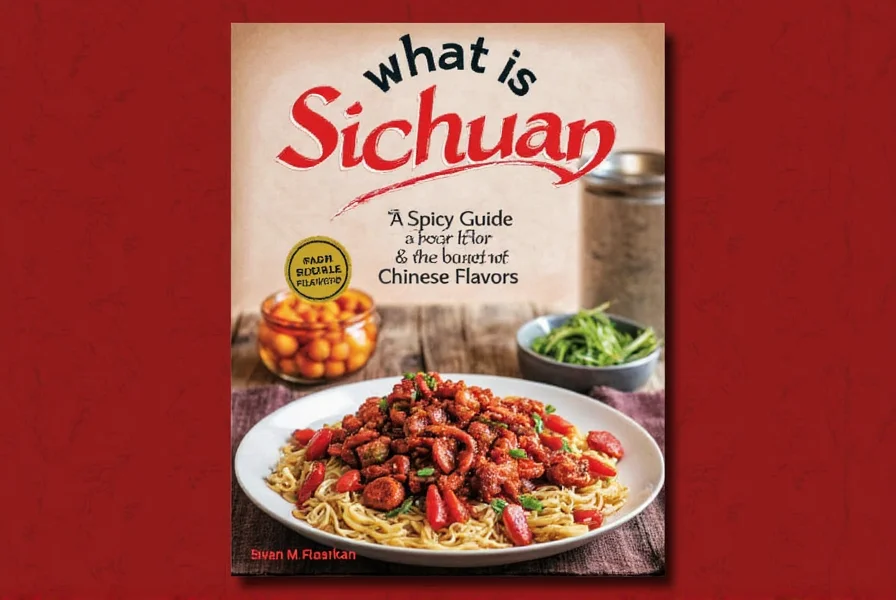
Conclusion
Sichuan cuisine is far more than just "spicy" food. It's a sophisticated culinary tradition rooted in history, geography, and scientific flavor principles. The unique "mala" sensation comes from precise combinations of Sichuan pepper's numbing compounds and chili peppers' heat, balanced with sour, sweet, and salty elements. Authentic Sichuan cooking requires understanding ingredient science, proper techniques, and regional variations. By using high-quality, authentic ingredients and following professional methods, home cooks can experience the true complexity of this UNESCO-recognized culinary heritage. Whether you're making Mapo Tofu or experimenting with mala hot pot, remember that Sichuan cuisine's magic lies in its perfect balance of flavors, not just heat intensity.
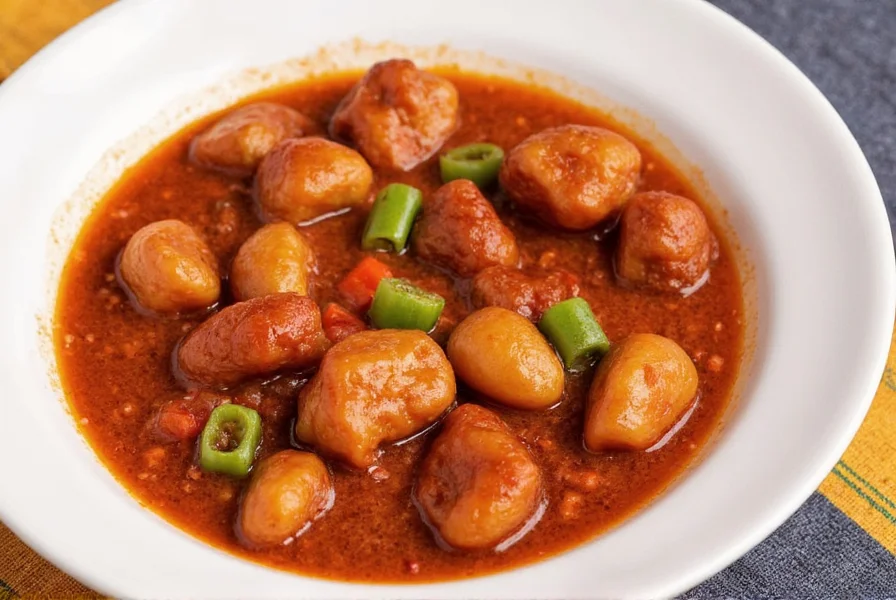

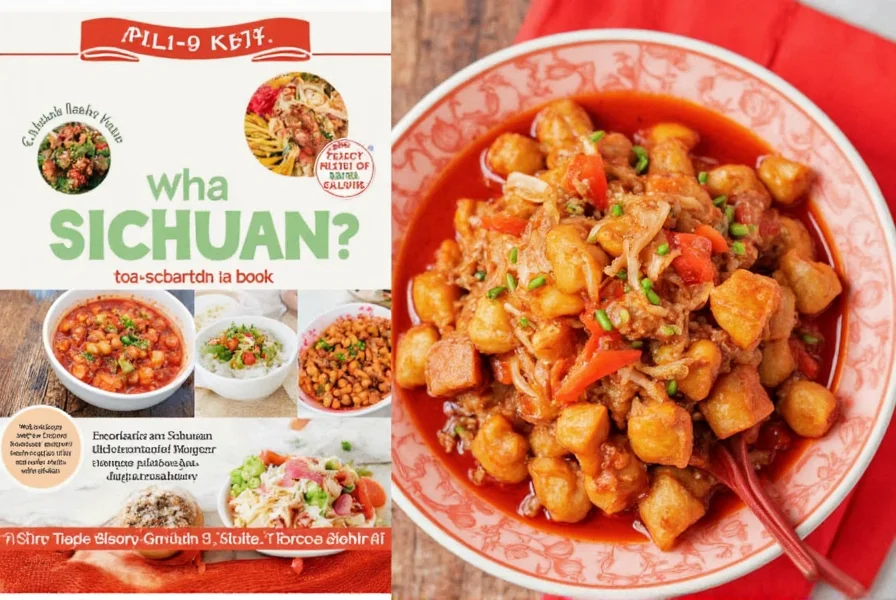









 浙公网安备
33010002000092号
浙公网安备
33010002000092号 浙B2-20120091-4
浙B2-20120091-4